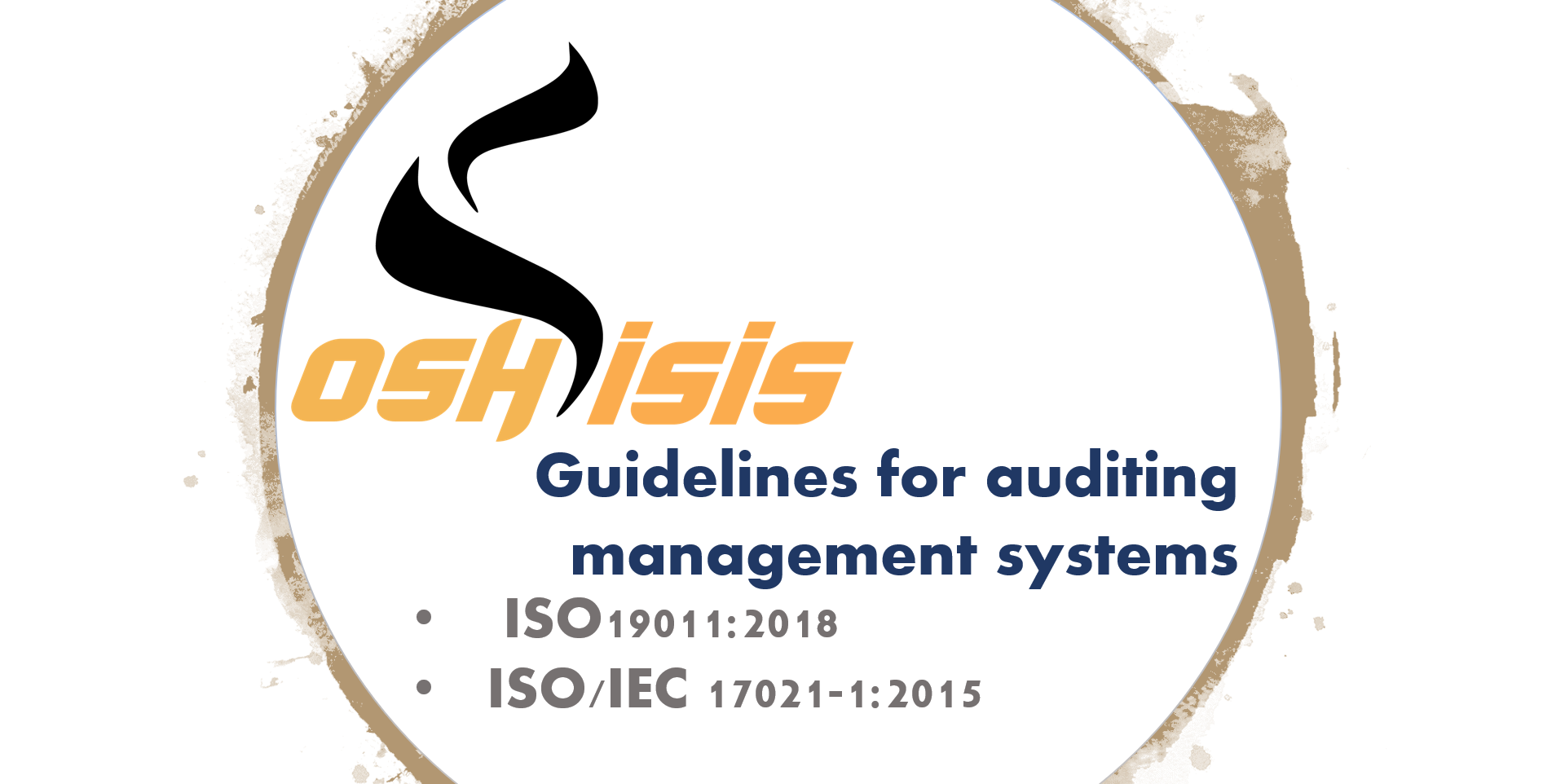
ISO 19011:2018 - Guidelines for auditing management systems
6 Conducting an Audit
6.4 Conducting Audit Activities
6.4.7 Collecting and verifying information
During the audit, information relevant to the audit objectives, scope and criteria, including information relating to interfaces between functions, activities and processes should be collected by means of appropriate sampling and should be verified, as far as practicable.
NOTE 1 For verifying information see A.5.
NOTE 2 Guidance on sampling is given in A.6.
Only information that can be subject to some degree of verification should be accepted as audit evidence. Where the degree of verification is low the auditor should use their professional judgement to determine the degree of reliance that can be placed on it as evidence. audit evidence leading to audit findings should be recorded. If, during the collection of objective evidence, the audit team becomes aware of any new or changed circumstances, or risks or opportunities, these should be addressed by the team accordingly.
Figure 2 provides an overview of a typical process, from collecting information to reaching audit conclusions.
- Source of information -
|
|
|
|
|
|
Figure 2 - Overview of a typical process of collecting and verifying information
Methods of collecting information include, but are not limited to the following:
- interviews;
- observations;
- review of documented information.
NOTE 3 Guidance on selecting sources of information and observation is given in A.14
NOTE 4 Guidance on visiting the auditee’s location is given in A.15.
NOTE 5 Guidance on conducting interviews is given in A.17.
.Copyright © 2021 OSH ISIS